Comparing Indoor vs. Outdoor Hemp Flower
A Complete Comparison Guide
The hemp industry has experienced tremendous growth in recent years, with consumers becoming increasingly sophisticated about the products they choose. One of the most fundamental decisions facing hemp enthusiasts is whether to select indoor or outdoor-grown flower. This choice significantly impacts everything from potency and flavor to price and environmental sustainability. Understanding the nuances between these cultivation methods will help you make informed decisions whether you're purchasing individual eighths or seeking cbd flower bulk quantities for commercial use.
The Foundation of Quality: Understanding Hemp Cultivation Methods
Hemp cultivation has evolved from simple outdoor farming to sophisticated indoor operations that rival the most advanced agricultural facilities. Both methods have their merits, and the choice between them often comes down to specific priorities, budget considerations, and intended use. The debate between indoor and outdoor cultivation isn't just academic – it directly affects the final product's characteristics, from cannabinoid content to terpene profiles.
Indoor cultivation represents the pinnacle of environmental control in hemp production. Growers can manipulate every aspect of the plant's environment, from light spectrum and intensity to humidity, temperature, and air circulation. This level of control allows for consistent, predictable results that many commercial operations and discerning consumers prefer. When you purchase cbd hemp flower from indoor facilities, you're typically getting a product that has been carefully monitored throughout its entire lifecycle.
Outdoor cultivation, conversely, harnesses the power of natural sunlight and environmental conditions. While this method offers less control, it provides unique benefits that indoor growing cannot replicate. The natural light spectrum, seasonal variations, and interaction with beneficial microorganisms in soil create complexity in the final product that many connoisseurs appreciate.
Indoor Hemp Flower: Precision and Consistency
Indoor hemp flower often boasts a denser bud structure, richer terpene profile, and higher cannabinoid levels due to controlled environmental conditions. This advantage stems from the grower's ability to optimize every environmental factor for maximum plant health and cannabinoid production.
Environmental Control and Its Benefits
The controlled environment of indoor facilities allows growers to maintain optimal temperature and humidity levels throughout the entire growing cycle. Most professional indoor operations maintain temperatures between 70-85°F during the day and slightly cooler at night, with humidity levels carefully adjusted based on the plant's growth stage. This precision prevents stress-related issues that can reduce cannabinoid production and overall plant health.
Lighting systems in modern indoor facilities utilize full-spectrum LED or high-intensity discharge lamps that can be programmed to deliver specific light spectrums at precise intensities. This control over the light cycle enables growers to trigger flowering at the optimal time and maintain consistent photosynthetic activity throughout the growing period. The result is often cbd flower with higher concentrations of desired compounds.
Air circulation systems ensure proper ventilation and CO2 levels, while filtration systems protect plants from pests and contaminants. This sterile environment significantly reduces the risk of mold, mildew, and pest infestations that can compromise outdoor crops.
Cannabinoid and Terpene Production
Indoor flower often has higher cannabinoid percentages due to the optimized growing conditions. When plants aren't fighting environmental stressors, they can dedicate more energy to producing the compounds consumers seek. Premium indoor cbd thca flower frequently tests with cannabinoid levels that exceed outdoor alternatives by 2-5 percentage points.
The controlled environment also allows for terpene preservation during the crucial final weeks of flowering. Terpenes are volatile compounds that can be lost due to heat stress, excessive humidity, or other environmental factors. Indoor facilities can maintain the ideal conditions for terpene production and retention, resulting in more aromatic and flavorful final products.
Consistency and Predictability
One of the most significant advantages of indoor cultivation is consistency. Each harvest from a well-managed indoor facility should produce remarkably similar results in terms of potency, appearance, and effects. This predictability is crucial for commercial operations seeking wholesale cbd flower for manufacturing or retail purposes.
The ability to control variables also means indoor growers can optimize their cultivation techniques over time, fine-tuning their approach to maximize specific characteristics. Whether focusing on particular terpene profiles, cannabinoid ratios, or physical characteristics, indoor cultivation offers the precision necessary for targeted outcomes.
Premium Indoor Varieties
Some of the most sought-after hemp varieties, such as ultra pink cbd, are often best expressed through indoor cultivation. These premium genetics require precise environmental control to reach their full potential, making indoor growing the preferred method for high-end varieties that command premium prices in the market.
Indoor facilities also excel at producing smaller, dense buds known in the industry as cbd smalls. While these may be considered secondary products, they often retain the same potency and terpene profiles as larger buds while offering significant value for consumers and businesses seeking quality products at lower price points.
Outdoor Hemp Flower: Natural Expression and Terroir
Outdoor flower can offer more robust natural terpene expressions tied to the local climate and soil. This connection to terroir – the environmental factors that influence crop characteristics – creates unique profiles that cannot be replicated in controlled indoor environments.
The Power of Natural Sunlight
Nothing can fully replicate the complexity and intensity of natural sunlight. The sun provides a full spectrum of light that changes throughout the day and season, stimulating plants in ways that artificial lighting cannot match. This natural light variation can lead to more complex terpene development and unique cannabinoid expressions.
Outdoor plants also benefit from natural UV exposure, which can stimulate the production of protective compounds, including some cannabinoids and terpenes. This natural stress response, when properly managed, can enhance the plant's chemical profile in beneficial ways.
Soil Interaction and Microbiology
Outdoor cultivation allows plants to interact with complex soil ecosystems containing beneficial bacteria, fungi, and other microorganisms. These relationships can enhance nutrient uptake and contribute to the development of unique flavor profiles and effects. The mycorrhizal networks formed between plant roots and soil fungi can improve plant health and potentially influence cannabinoid and terpene production.
Living soil systems used in organic outdoor cultivation create a dynamic environment that changes throughout the growing season. This natural variation can contribute to more complex and nuanced final products that reflect their specific growing environment.
Seasonal Variations and Natural Cycles
Outdoor plants experience natural seasonal changes that can influence their development in positive ways. The gradual change in light cycles, temperature variations, and humidity fluctuations throughout the season can stress plants in beneficial ways, potentially increasing resin production and enhancing terpene complexity.
These natural cycles also allow plants to reach full maturity at their own pace, rather than being forced into artificial flowering schedules. This natural timing can result in more complete terpene and cannabinoid development.
Cost Considerations and Volume Production
Outdoor cultivation typically offers significant cost advantages, particularly for large-scale operations. The reduced need for artificial lighting, climate control, and facility maintenance can make outdoor bulk cbd flower more affordable for consumers and businesses alike.
Some outdoor operations can produce high-quality flower at prices approaching $100/lb cbd flower, making premium hemp accessible to a broader market. This cost efficiency doesn't necessarily mean compromised quality – skilled outdoor growers can produce exceptional products at scale.
Quality Factors: Beyond Growing Method
Whether you opt for indoor thca flower or an organic outdoor strain, the key is ensuring the grower uses responsible practices, such as pesticide-free cultivation and proper curing. The cultivation method is just one factor in determining final product quality.
Cultivation Practices and Standards
Responsible cultivation practices matter more than the specific growing method in many cases. Organic growing methods, whether indoor or outdoor, typically produce cleaner, safer products with better flavor profiles. The use of synthetic pesticides, fungicides, or growth regulators can significantly impact the final product's safety and taste, regardless of where it was grown.
Integrated pest management (IPM) approaches that rely on beneficial insects, companion planting, and natural deterrents can be applied in both indoor and outdoor settings. These methods maintain plant health while avoiding harmful chemical residues.
Harvesting and Post-Harvest Processing
The timing of harvest significantly impacts cannabinoid and terpene content. Experienced growers monitor trichome development closely, harvesting when compounds are at their peak concentration and quality. This attention to detail matters more than whether the plant was grown indoors or outdoors.
Proper drying and curing processes are crucial for preserving cannabinoids and terpenes while preventing mold and degradation. The controlled environment advantages of indoor facilities can extend to post-harvest processing, but skilled outdoor growers can achieve excellent results with proper facilities and techniques.
Laboratory Testing and Quality Assurance
Modern hemp operations, whether indoor or outdoor, should provide comprehensive laboratory testing results for their products. These tests verify cannabinoid content, check for pesticide residues, heavy metals, and microbial contamination, and confirm that products meet legal THC limits.
Cbd flower wholesale buyers should particularly scrutinize test results, as these products are often used for manufacturing or retail sale where quality consistency is crucial.
Market Considerations and Consumer Preferences
The hemp flower market has evolved to accommodate diverse consumer preferences and price points. Understanding these market dynamics can help both consumers and businesses make informed decisions about indoor versus outdoor products.
Premium Market Segments
The premium hemp flower market often favors indoor-grown products due to their consistency, appearance, and typically higher potency. Consumers seeking the highest quality often prefer the dense, resinous buds that indoor cultivation typically produces.
However, the craft hemp movement has created appreciation for outdoor-grown varieties that express unique terroir characteristics. Some consumers actively seek outdoor-grown flower for its natural growing methods and unique flavor profiles.
Commercial and Manufacturing Applications
Businesses requiring consistent input materials for manufacturing often prefer indoor-grown hemp due to its predictability. When producing extracts, edibles, or other manufactured products, consistent cannabinoid content and terpene profiles are crucial for maintaining product quality and regulatory compliance.
However, outdoor-grown hemp can offer significant cost advantages for price-sensitive applications or when consistency requirements are less stringent.
Seasonal Availability and Storage
Indoor cultivation allows for year-round production, providing consistent supply regardless of weather conditions or seasonal factors. This reliability is valuable for businesses that need consistent inventory throughout the year.
Outdoor cultivation typically produces larger quantities during harvest season, which can create market dynamics where outdoor flower is most available and competitively priced immediately following harvest.
Environmental and Sustainability Considerations
The environmental impact of hemp cultivation varies significantly between indoor and outdoor methods. Understanding these differences can inform purchasing decisions for environmentally conscious consumers and businesses.
Energy Consumption
Indoor cultivation requires significant energy for lighting, climate control, and air circulation systems. However, modern LED lighting and efficient HVAC systems have reduced energy consumption compared to older technologies. Some indoor facilities utilize renewable energy sources to minimize their environmental impact.
Outdoor cultivation has minimal energy requirements beyond basic processing facilities, making it inherently more energy-efficient. However, outdoor operations may require more land use and can be subject to weather-related losses that indoor operations avoid.
Water Usage and Conservation
Both indoor and outdoor operations can implement water conservation techniques, but their approaches differ. Indoor facilities often use hydroponic or controlled irrigation systems that can minimize water waste through precise delivery and recycling systems.
Outdoor operations may rely on natural rainfall or irrigation systems. Sustainable outdoor operations often implement water conservation techniques such as drip irrigation, mulching, and drought-resistant cultivation practices.
Waste Management and Sustainability
Indoor operations typically generate more packaging waste from nutrients, growing media, and equipment, but they can also implement comprehensive recycling and waste reduction programs.
Outdoor operations may generate more organic waste but can often compost plant material and integrate waste products back into their soil systems.
Making the Right Choice: Factors to Consider
The decision between indoor and outdoor hemp flower depends on several factors that vary based on individual needs, preferences, and priorities.
Quality Priorities
If maximum potency and consistency are primary concerns, indoor-grown flower typically offers advantages. The controlled environment allows for optimization of cannabinoid production and provides predictable results batch after batch.
If natural growing methods and unique flavor profiles are more important, outdoor-grown flower may be preferable. The interaction with natural environmental factors can create complex terpene profiles and unique characteristics that indoor growing cannot replicate.
Budget Considerations
Indoor flower typically commands premium prices due to higher production costs. Consumers and businesses with budget constraints may find outdoor flower offers better value while still providing quality products.
However, the higher potency of indoor flower can make it more cost-effective on a per-milligram-of-cannabinoids basis, particularly for consumers seeking maximum therapeutic benefit.
Intended Use Applications
For manufacturing applications requiring consistent input materials, indoor flower's predictability may justify the additional cost. For personal use or applications where slight variations are acceptable, outdoor flower can provide excellent value.
Summary: Key Takeaways for Hemp Flower Selection
Both indoor and outdoor hemp cultivation methods can yield high-quality hemp if done right. The choice between them should be based on specific needs, preferences, and priorities rather than assumptions about quality.
Indoor grows allow precise climate control, resulting in consistent products with typically higher cannabinoid percentages. The controlled environment prevents many issues that can affect outdoor crops and allows for optimization of growing conditions.
Outdoor cultivation can produce robust natural flavors and unique terroir expressions that reflect the specific growing environment. The natural growing conditions and soil interactions can create complex profiles that indoor growing cannot replicate.
Check farming practices and lab tests for best results, regardless of cultivation method. Responsible growing practices, proper post-harvest processing, and comprehensive testing are more important than the specific growing location.
The hemp flower market offers excellent options for both indoor and outdoor products. Whether seeking premium cbd hemp flower for personal use or bulk cbd flower for commercial applications, quality products are available from both cultivation methods.
Understanding the differences between indoor and outdoor hemp flower cultivation empowers consumers and businesses to make informed decisions that align with their specific needs, preferences, and values. Both methods have their place in the diverse hemp market, and the continued development of cultivation techniques in both areas promises even better products for consumers in the future.

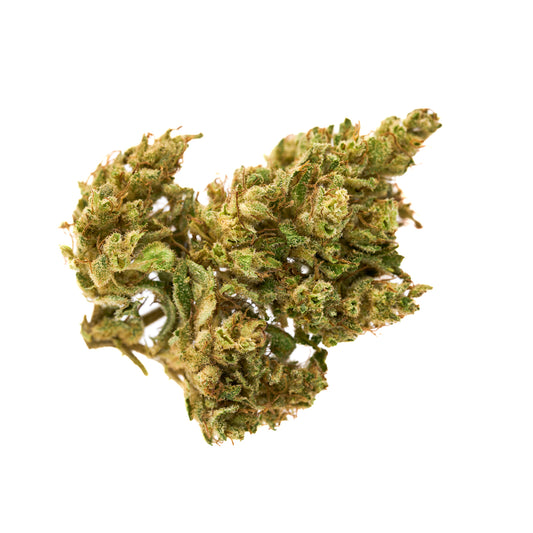
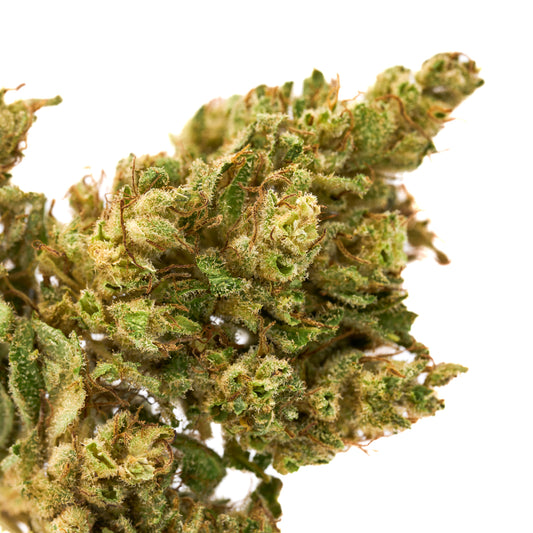
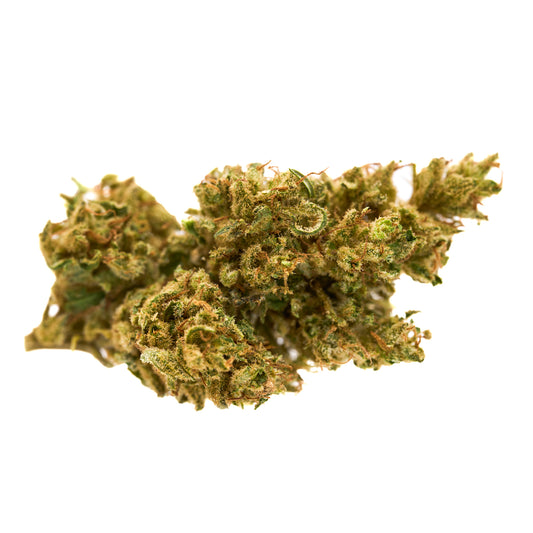
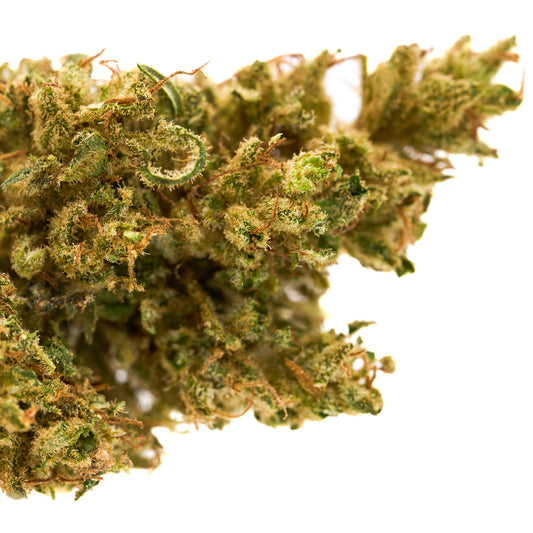
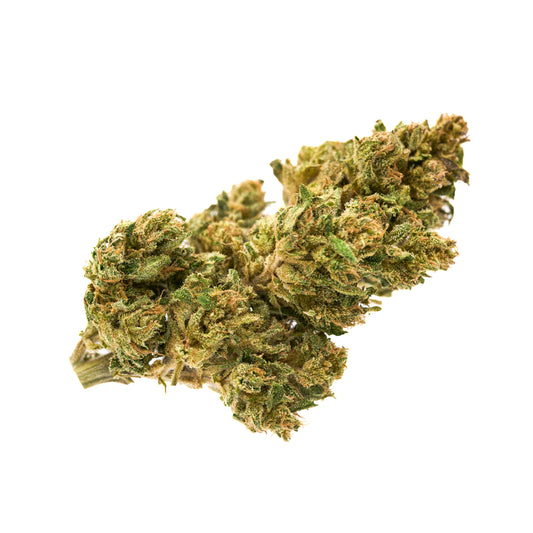
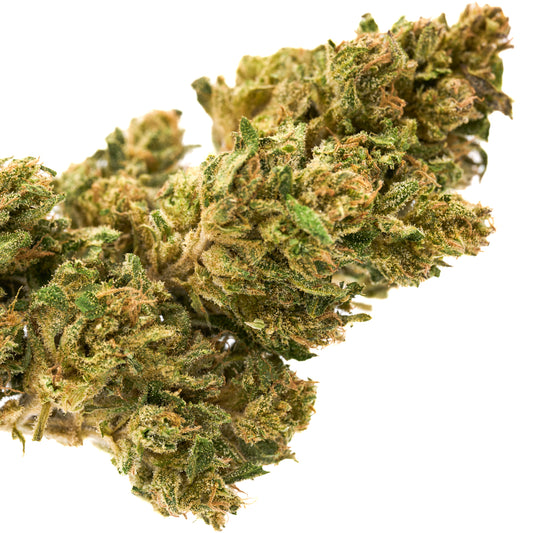


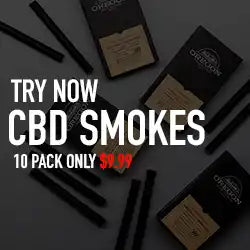
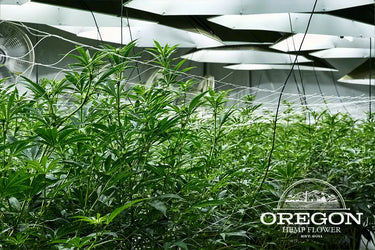

Leave a comment
Please note, comments need to be approved before they are published.